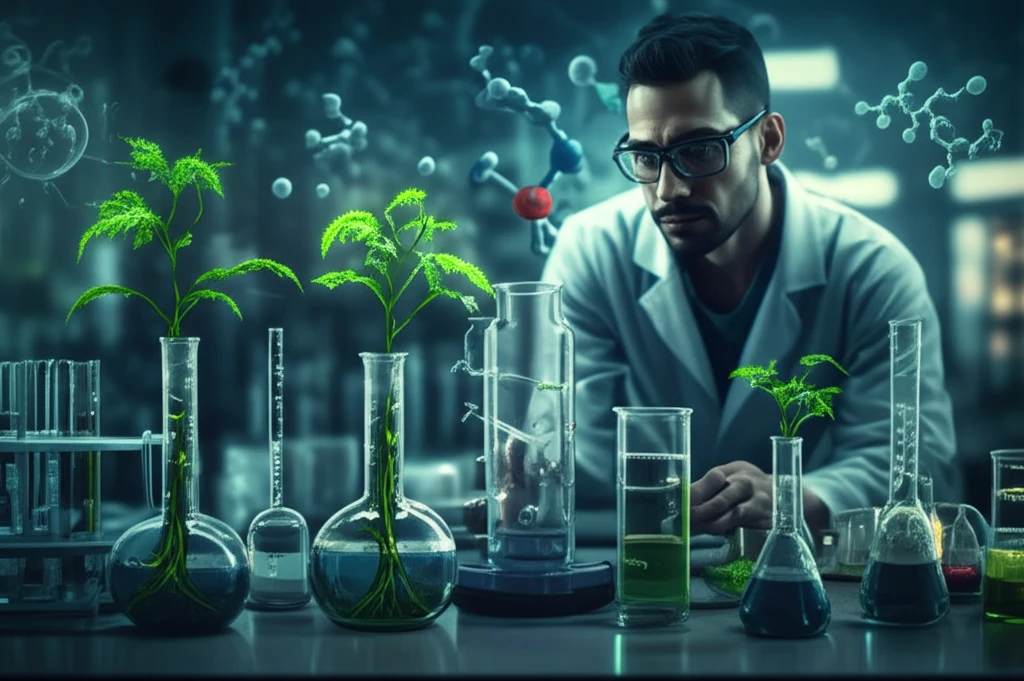
Green Chemistry Breakthrough: How Maghnite Catalysts are Revolutionizing Polymer Production
"Exploring the eco-friendly copolymerization of e-caprolactone with epichlorohydrin using Maghnite-H+, a non-toxic catalyst derived from montmorillonite clay."
In an era increasingly defined by environmental consciousness, the pursuit of sustainable industrial practices has never been more critical. Traditional chemical processes, particularly in polymer synthesis, often rely on expensive, toxic catalysts that pose significant environmental risks. These catalysts, frequently containing heavy metals like chromium and mercury, not only contaminate products but also create substantial disposal challenges.
Fortunately, innovation in green chemistry is paving the way for cleaner, safer alternatives. One promising solution lies in the use of naturally derived catalysts that minimize environmental impact while maintaining or even enhancing reaction efficiency. Among these, Maghnite, a montmorillonite clay modified with protons, stands out as a particularly effective and eco-friendly option.
This article delves into the groundbreaking research on the copolymerization of e-caprolactone (CL) with epichlorohydrin (ECH) using Maghnite-H+ as a catalyst. We’ll explore the benefits of this non-toxic catalyst, the optimization of reaction conditions, and the potential implications for sustainable polymer production. Join us as we uncover how Maghnite catalysts are revolutionizing the field, offering a pathway to greener, more sustainable materials.
What Makes Maghnite-H+ a Game Changer in Polymer Synthesis?

Maghnite-H+ is derived from montmorillonite, a widely available and inexpensive sheet silicate clay. What sets it apart is its modification with protons, which transform it into a highly active cationic catalyst. This catalyst offers several key advantages over traditional methods:
- High Cost: Many initiators are expensive, increasing production costs.
- Sensitivity to Impurities: They can be easily poisoned by reaction byproducts or impurities in the monomer feed, reducing their effectiveness.
- Environmental Hazards: Many contain heavy metals that pose environmental disposal problems.
The Future of Polymer Chemistry: Green, Sustainable, and Efficient
The development and application of Maghnite-H+ catalysts represent a significant step forward in the pursuit of sustainable chemistry. By offering a non-toxic, cost-effective, and efficient alternative to traditional catalysts, Maghnite-H+ not only reduces the environmental impact of polymer production but also opens new avenues for innovation in material science. As research continues to explore the full potential of Maghnite catalysts, we can anticipate a future where polymer chemistry is greener, more sustainable, and more aligned with the principles of environmental stewardship.
